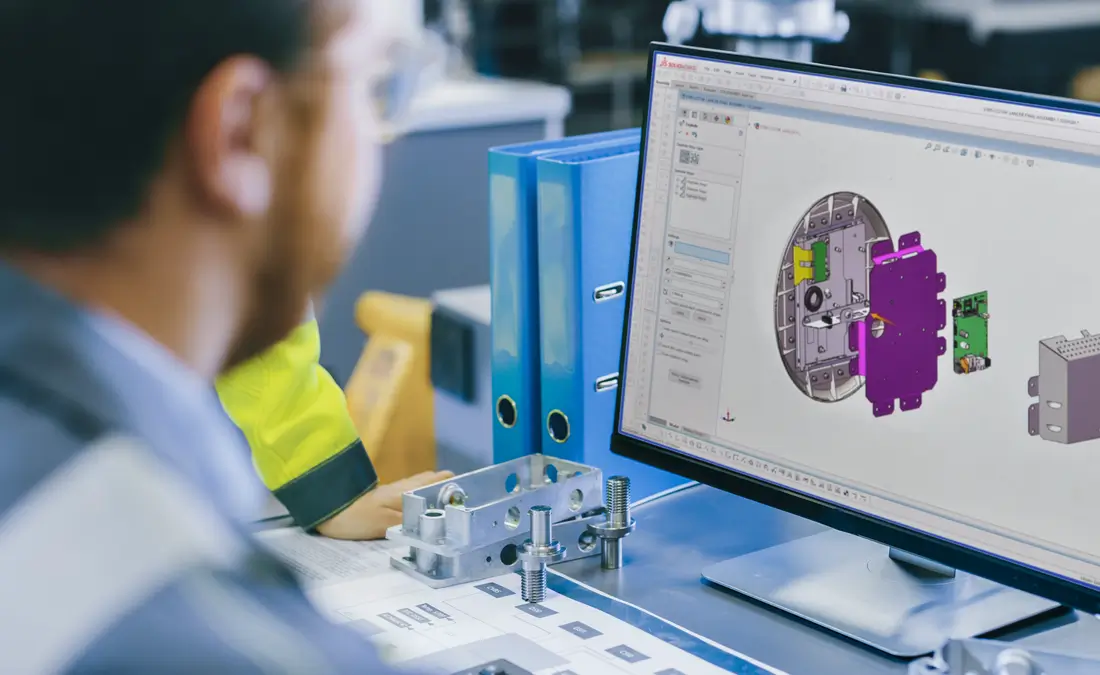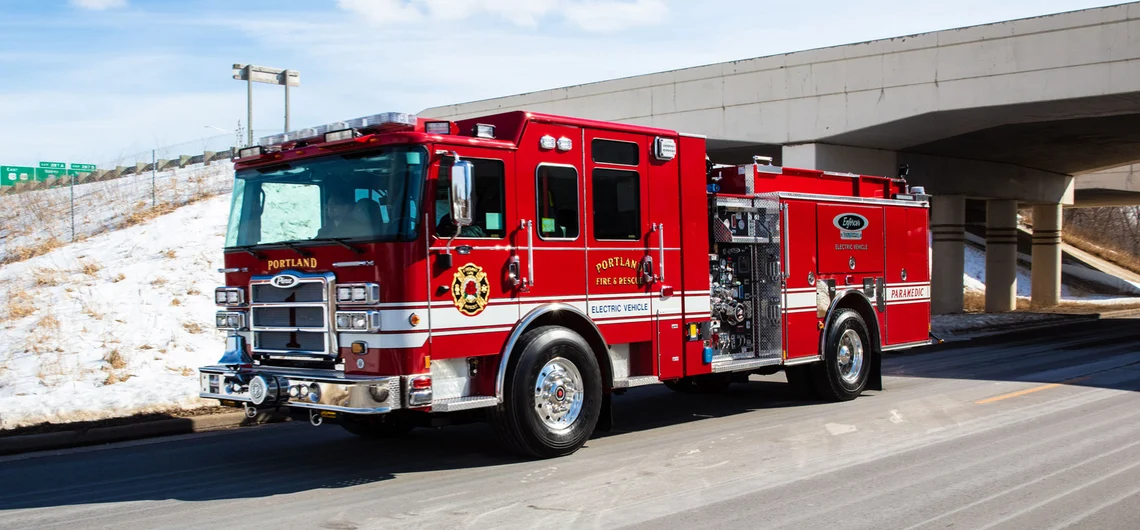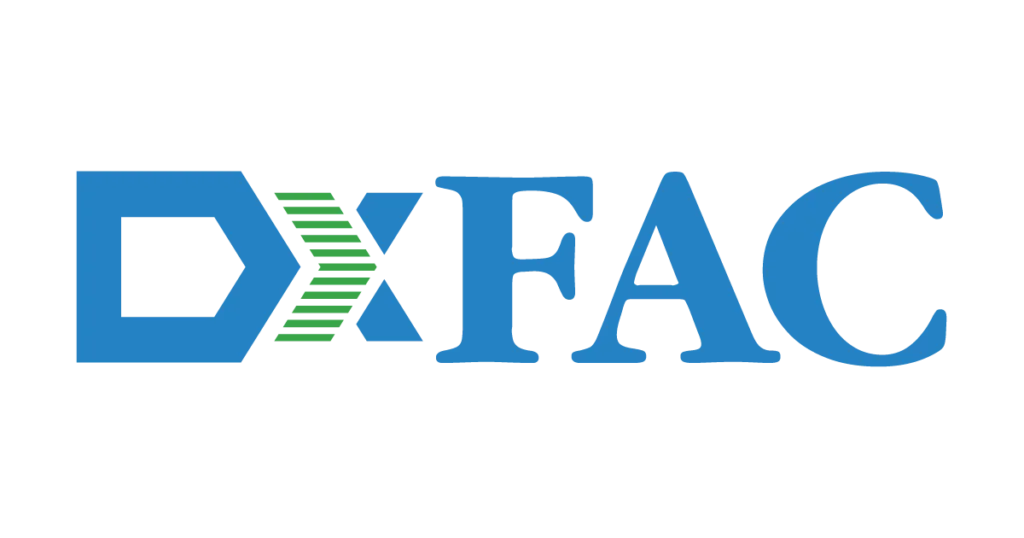What is ETO (Engineer-to-Order)? 5 Ways to Optimize ETO Process
Engineer to Order (ETO) is a type of manufacturing where a product is engineered and produced after an order has been received. Using the ETO method, a manufacturer can meet the exact specifications of their customer. ETO is ideally suited to manufacturers of highly configurable products and often demands close customer engagement throughout the design and manufacturing phases.
While this may be a new concept for some, it is quite similar to some more familiar items, like the way custom cars or bespoke items like suits are made.
In both cases, the customer provides specifications, and the manufacturer is able to customize products that meet those requirements specifically without preconceived notions of what the customer wants.

Key Characteristics of ETO Production
- Target market: ETO manufacturing is typically suited for collaborative orders from large enterprises or organizations, particularly in sectors demanding high specialization, sophisticated manufacturing technologies, and expensive, niche products (aerospace, defense, energy, shipbuilding, etc.).
- High customization: Unlike standard products produced in batches, ETO products are highly customized to meet specific customer specifications.
- Customer involvement: The customer is actively involved in the design and specification process. This close collaboration ensures that the final ETO product aligns with the customer's exact needs and expectations.
- Complex design process: Given the product's custom nature, ETO's design process is typically more complex than other manufacturing methods. It involves a detailed understanding of every customer requirement and iterative design stages.
- Longer lead times: Due to intricate design and production processes, ETO often has longer lead times than Make-to-Stock (MTS), Make-to-Order (MTO), and process manufacturing approaches.
- Cost variability: Costs and pricing in ETO can be variable, depending on the complexity of the design, raw materials used, and potential design revisions.
- Higher skills requirement: Due to the custom nature of ETO, it often demands a workforce with a higher skill set, especially in product design and engineering, but also in sales.
ETO Workflow & Process (Step-by-Step)
1. Specifications and quoting
The ETO process begins with the customer providing details about their requirements and the parties agreeing on a sales order. First, a Request for Quotation (RFQ) or Request for Proposal (RFP) is issued by the client. The manufacturer then asks to provide a detailed work breakdown structure (WBS) or product requirements document (PRD). What follows is a back-and-forth between the parties to clarify costing, project timelines, and delivery dates.
2. Requirements and procurement
Once there is an initial understanding of the project’s requirements, a bill of materials (BOM) is created, detailing all necessary materials and components for the job. Routings and sequencing of the upcoming manufacturing process along with requirements for any new tooling or production line setups are also clarified, and materials and components are sourced.
3. Design and engineering
Next, the project is sent to the engineering team and product realization begins. The R&D team designs the product to the customer’s specifications and, if applicable, may generate a model or prototype of it. This phase is highly iterative as changes might need to be made to the specifications, BOMs, or production line if research should uncover potential pathways or constraints. The customer is usually required to complete an advance payment in the design phase.
4. Order confirmation
Once the design process is complete, the product concept is supplied to the customer who will either provide feedback for any changes or confirm it and give approval for go-ahead. In the case of the latter, initial lead times and final costs are agreed upon, the BOM is finalized, and the project is ready to move onto the production phase.
5. Production planning and scheduling
Next, material requirements planning (MRP) is set in motion. The project is issued detailed manufacturing orders across the whole BOM. Production is planned, workstations and sequences are assigned, purchase orders are sent out for required materials, and finally, production is scheduled within the manufacturing system.

6. Manufacturing and assembly
The product is manufactured and assembled according to specifications, usually with the aid of a manufacturing execution system (MES).
7. Delivery, trialing, and review
Once completed, the product goes through final quality assurance before being delivered to the client. Depending on preceding agreements, a trialing phase may follow, helping the client to ensure that the product is in accordance with its specifications and of sufficient quality. Final payments are made and product documentation and analysis are conducted. The ETO process is complete.
Benefits of ETO Production
ETO manufacturing is undoubtedly the right model for right now. Today’s buyers are wary of mass production. They want the ability to personalize products to their specific requirements and are prepared to pay a premium for it. Why? Because custom products solve unique problems more effectively.
For customers
- High customization and flexibility: ETO creates bespoke solutions. The high degree of customization ensures products are tailored to exact customer needs and preferences, ensuring optimal functionality and performance.
- Innovative solutions: The ETO process is a collaboration between customers and suppliers. Collaboration leads to innovation and groundbreaking products that provide a significant competitive edge.
- Stronger relationships: Working closely forges stronger, long-term relationships. This results in higher quality products, a better customer experience for buyers, and repeat business and referrals for sellers. It’s a win-win.
For manufacturers
- Higher margins: Custom products command premium prices. Since ETO products are tailored for specific customers, manufacturers can charge more.
- Differentiation: Offering ETO products differentiates a manufacturing company from competitors who only sell off-the-shelf goods. This can be a unique selling point in a crowded market.
- Less risk: Since products are made to order, there's no need to maintain a large inventory of finished goods. This is in stark contrast to make-to-stock (MTS) production, where products are pre-made and stored, and inventory management can be expensive.
- Iterative feedback: Each customer order provides insights into improving engineering and production efficiency. Over time, this continuous feedback loop can lead to a more efficient manufacturing process and higher-quality products.
- Niche market penetration: ETO manufacturers can cater to niche markets or industries with specific requirements that standard products can't meet.
ETO Challenges & Disadvantages
ETO offers unparalleled flexibility, improved customer satisfaction, and the opportunity to increase margins significantly. However, it’s not without challenges. Here’s a rundown of the critical obstacles ETO manufacturers face.
Increased complexity
More choice, more options, and greater design freedom mean increased complexity from a sales, engineering, and manufacturing perspective. While manufacturers have spent decades standardizing processes, templates, and best practices, each ETO product now demands a fresh approach.
Increased risk of errors
With no prior prototypes or standardized blueprints to rely on, the chances of engineering or production errors increase. A small oversight in the design phase can lead to significant issues in the production of the final product. This puts immense pressure on quality management.
Longer lead times
The custom nature of ETO means that products aren't readily available off-the-shelf. With design iterations, production adjustments, and back-and-forth communication, the end-to-end process can be lengthy.
Cost variability
Estimating costs for an ETO project can be tricky. Unforeseen setbacks, design changes, or adjustments in material requirements can lead to cost overruns, impacting profitability.
Supply chain management
Sourcing materials that meet the unique specifications of each order demands careful coordination, especially when dealing with a diverse range of suppliers.
Demanding client expectations
Managing expectations can be difficult since customers are involved throughout the ETO process. Balancing their desires with feasibility, costs, and production constraints requires adept communication and negotiation skills.
Dependency on skilled labor
An ETO environment requires specialized skills, from sales to the shop floor. The current “War on Talent” is making hiring challenging, and losing a key team member can be a severe setback.

Engineer-to-Order Best Practices
Establish deep channels of communication
Because ETO manufacturing requires much more customer input compared to MTS or MTO, open, accessible, and documented communication with the customer must be established. This holds true from the RFQ stage through production and shipping.
As the production requirements often involve several iterations and design changes, engineers, sales, procurement, purchasing, and manufacturing staff must communicate regularly. Invest in business communication platforms or procurement software that’s integrated throughout the manufacturing and R&D process.
Increase standardization and reconcile engineering and manufacturing
Because product design is either new or being produced for a specific end-use, product design within an ETO environment can be highly innovative and creative. It is essential that manufacturing and engineering work closely to reconcile engineering needs with production capabilities. This can be done through checklists and increased standardization of procedures to help define the company’s inherent capabilities.
Adopt systematic change management
In ETO, customer specifications can change and engineering designs are often refined during the project. A change management system should be capable of capturing, documenting, and communicating any changes in project specifications, material selections, design alterations, etc.
Changes must be communicated effectively across all departments to ensure everyone is aligned and the project stays on schedule. Utilize formal change orders, workflows, and approval processes to ensure that changes are implemented consistently and effectively while mitigating risks like cost overruns or delays. Integrated change management tools within manufacturing ERP systems can provide a centralized platform for managing these complexities.
Focus on accurate documentation
By providing unique products, ETO manufacturing can carry added liability through safety requirements, regulations, and other variables. Accurate documentation from the beginning to the end of the process is critical. Things to consider include consistent part numbering, accuracy of BOMs, precise cost models, robust real-time inventory management, and end-to-end traceability.
Deploy system automation
All the sales expertise, engineering, and skilled production work count for little if cost, waste, and workflow can’t be managed appropriately. In the modern manufacturing environment of subcontractors and hyperextended supply chains, it’s essential for a manufacturer to have a powerful management system/software in place to manage the inventory and production flow, like MRP or ERP…
Popular Examples of Engineer-to-Order Manufacturing
Fire trucks/emergency vehicles
One of the most common engineer-to-order product examples is emergency vehicles, especially fire trucks. While some standard fire trucks are used in most jurisdictions, each one still needs to be customized to meet the specific needs of the fire department it will be serving. For example, in terms of size, features, and capacity, a fire truck designed for use in a rural area will be very different from one meant for use in an urban area.

This process begins with a consultation between the fire department and the manufacturer to understand their specific needs. Once these have been established, the team gets to work engineering and manufacturing a truck that meets those requirements.
Some special demands and uses of fire rescue that may affect ETO order design may include custom hazmat incident control trailers, underground fire pumps, and mobile command units, among other things.
HVAC systems
Despite the existing standard HVAC units available on the market, most commercial buildings require a custom system to function properly. This is because each building is different in terms of size, layout, and climate control needs.
Quốc phòng & hàng không
Defense and aerospace manufacturing represents perhaps the widest range of engineer-to-order process examples, as each project is generally one-of-a-kind. For each customer, engineers will consider the specific materials, loads, and operating conditions that the part will need to endure. They will then create a design that meets those requirements using 3D CAD automation software. Once the design is complete, and customer approval has been received, it is sent to production, where it is printed using one of Amiga’s additive manufacturing processes.
READ MORE:
